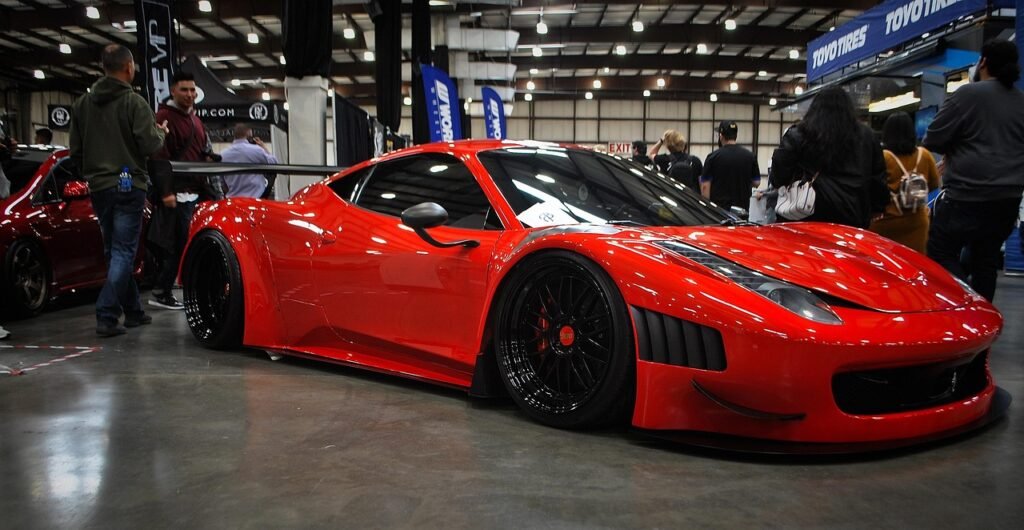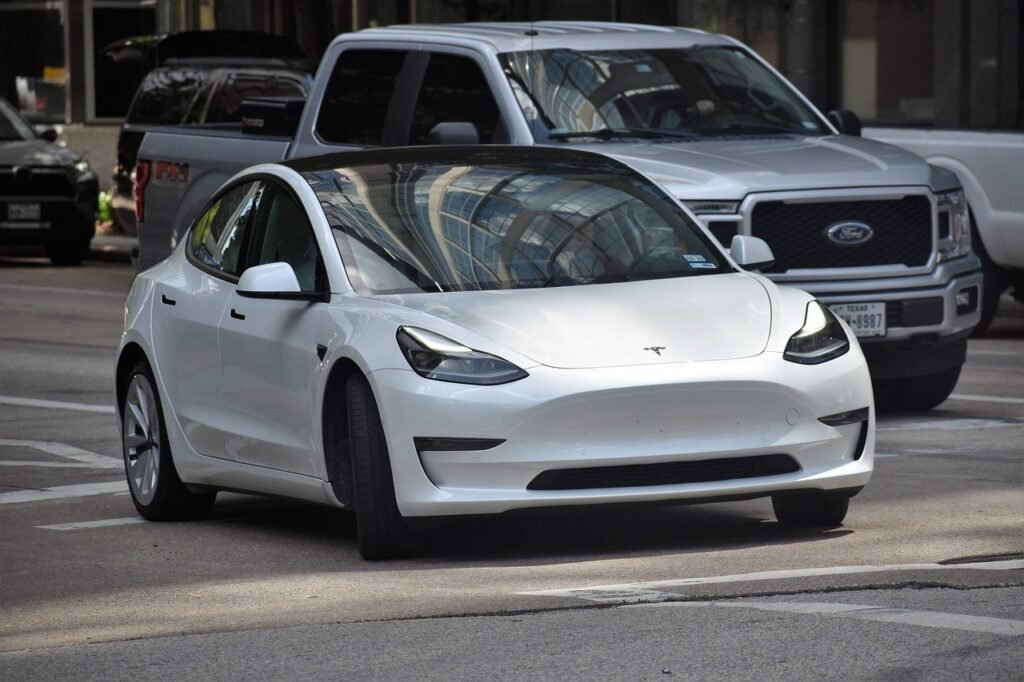A 1964 Ferrari 250 LM Claims the Prestigious 2024 Peninsula Classics Best of the Best Award
The Peninsula Classics Best of the Best Award 2024 has been awarded to the magnificent 1964 Ferrari 250 LM, which stands one among the finest cars in the annals of Ferrari. It had an unveiling at the opulent awards ceremony at The Peninsula Paris, and hence earned its deserved rightful position on top of automotive prowess. Every year, it celebrates artistry, innovation, and superb engineering, captured within the bounds of some of the finest classic automobiles ever constructed. One such award, considered one of the prestigious wide worlds of classic cars, is the Peninsula Classics Prize for Best of the Best, meant to represent the very best of the best – a true homage to the exceptional design and engineering behind these timeless masterpieces.The Ferrari 250 LM came out as the winning car for 2024 from an impressive line-up of nine incredible vehicles, all of which had previously claimed glory in the major concours of the year. The Ferrari 250 LM was distinguished from the others; it had already won the highly coveted Best in Show at the January 2024 Cavallino Classic. Thus, it became eligible for the Peninsula Classics Best of the Best Award along with some most respected classic cars ever designed.“I’m truly humbled to be receiving such an honor,” said Chris Cox, owner of the victorious Ferrari 250 LM, who was virtually ecstatic as the win was celebrated onstage at the elegant affair.The Ferrari 250 LM is conceived in tradition: Fugue with motoring history and cherished everywhere by enthusiasts. First unveiled in Paris in 1963, Ferrari’s plan was to have a grand touring version of the 250 P, which had been quite successful by then. The legendary 250 GTO was set to be replaced by the 250 LM, for Ferrari had new ambitions in the racing field coupled with road-going refinement. Designed by Pininfarina and built by Scaglietti, Ferrari had made a wonderful marriage of beauty and performance with the 250 LM.The strong possibility of striking capabilities, however, fell flat when Ferrari was unable to declare it a “Le Mans” model and obtain the GT class approval at that time. But for that, nothing could have hindered the racing pedigree of this 250 LM. It declared one of the greatest victories registered in the automobile world wherein a Ferrari 250 LM won the 24 Hours of Le Mans in 1965. Not only did it win the trophy in one of the world’s most demanding endurance races, but it also overshadowed the 1965 International Trophy for GT Prototypes.Only 32 of these cars have ever been produced, so each Ferrari 250 LM is an eternal fragment of history, a rare and precious document in the Ferrari brand. This one, the 1964 Ferrari 250 LM winning Best of the Best, carries a bright racing career on its collar.1973 participated in competitions in 1965 and 1967; together with a whole lot of prizes at places like Brands Hatch, Snetterton, and Silverstone, all during the year 1966. Wins this car also prove its prowess by events like the coveted 1966 24 Hours of Daytona and the 24 Hours of Le Mans in 1968 -two of the most celebrated endurance racing events in the whole world.Chris Cox purchased this automobile in the year 2018, and he had had the opportunity to receive it by the famous car at the Best of the Best Award. Since that time, it has been an icon in Ferrari’s brimming legacy, representing promises held by the car brand in racing performance and innovative designs.There is the Ferrari 250 LM, and there were eight more fine classical cars running for the competition and awards recognition, each with its unique history and pedigree. These include:Masterpieces of Italian engineering from the golden era in the field then: 1932 Alfa Romeo 8C 2300 Spider.A marvelous Ferrari brimming with glory of racing: 1957 Ferrari 335 S.The Delahaye 145 Cabriolet from 1937 is simply one of the most classically French elegant forms paired with beauty beyond comparison.Here is another exquisite display of French automotive skill: the Narval Cabriolet version of the Delahaye 135MS model from 1947.One classic-the name stands in for racing history and elegance beyond compare: 1934 Bugatti Type 59 Sports.The other lovely Bugatti is the 1937 Bugatti Type 57S Roadster: this one is adored for the aesthetics and engineering genius that underline its creation.1928 Bugatti Type 35C Grand Prix-event that rewrote the rules of history in motorsport.1937 Rolls-Royce Phantom III Convertible, a generous British car, was the face of luxury and crafts at their best.To each of these cars can be attributed a distinct blend of history, design, and performance: however, the final hurrah went to the 1964 Ferrari 250 LM, garnering it the title Best of the Best.Another chapter in the annals of Ferrari’s racing and automotive predominance would be marked by the handing out of the very newest of Penny Soltyk’s Peninsula Classics Best of the Best Awards. In design and skin, racing prowess unrivaled for its time, and broadening with the years, it is safe to say that the Ferrari 250 LM shall be universally adored by enthusiasts and collectors alike for many, many years to come.In the classic automobile world, there are a few that would inspire passion and admiration as the Ferrari, and the 1964 Ferrari 250 LM is the ultimate exhibit of that extraordinary saga. Certainly, the 250 LM-from the grand opening ceremony in Paris to the dazzling subsequent victories on the concours circuit-will surely rank very near at the top as one of the jeweled crowns endorsed on Ferrari’s insignia.The prestigious award indeed acknowledges the proud owner Chris Cox for the historical merit of the car and the efforts he has made to conserve an important piece of automotive history. The fact is, the 1964 Ferrari 250 LM winning the 2024 Peninsula Classics Best of the Best award is just a reflection of Ferrari’s unending standard in engineering and design.

